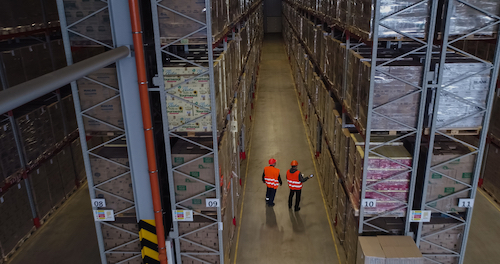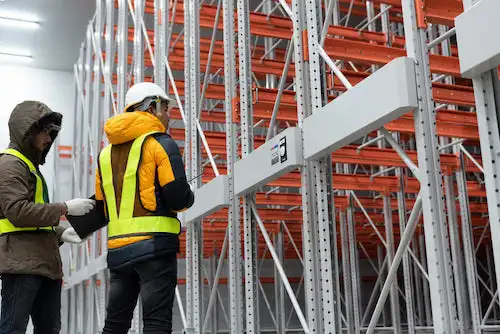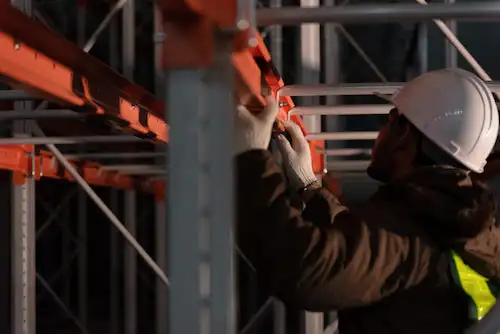Pallet racking systems are commonly used in places that require storage of heavy items in bulk. They are also a fundamental component of every distribution or material handling operation.
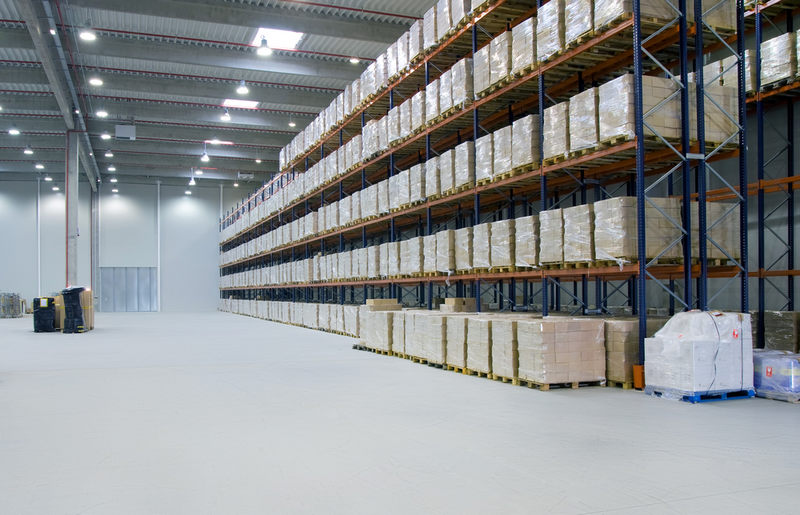
Different styles and capacities of these systems are available to meet the needs of clients, and the SRSI team’s compiled experience of 100+ years in the industry will guarantee successful integration in your warehouse or distribution center. In this article, we look at some features of various systems and how you can select the right option for your requirements.
What is a pallet racking system?
Pallet racking is a single or multi-level material handling storage system which supports stacking of single items or palletized materials. Though there are many types of pallet racking, all kinds enable storage of palletized equipment in horizontal rows with many levels. Pallet racks are made of vertical upright frames (uprights) and horizontal load beams designed especially for the loads being stored.
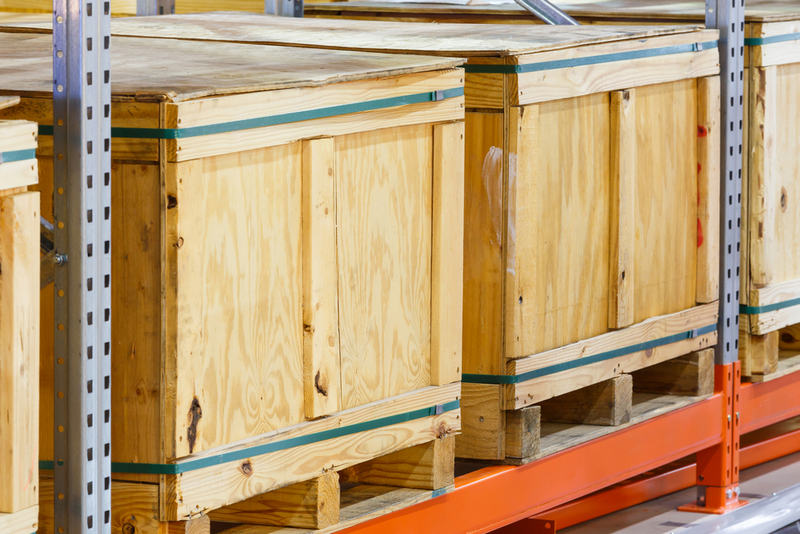
Pallet racks allow quick access to stored materials. These systems maximize facility space while making inventory requirements much more simple. For instance, in a warehouse, pallet racks store items by using available space that would otherwise have been wasted. Forklift trucks assist with placing and retrieving loaded pallets from the racking system thereby increasing warehouse efficiency and reducing stock-picking time.
Where can you install and use a pallet racking system?
Pallet racks are used heavily in modern warehouses, retail centers, manufacturing units, and other storage and distribution facilities. Many historic and cultural organizations also make use of these systems. All types of pallet racking systems increase the storage density of goods. With rising storage density, the cost of pallet racking systems increases.
What types of pallet racking systems are available?
Various types of pallet racking systems exist for use in a range of spaces. Industrial storage popularly uses selective, push-back, drive-in, and pallet flow racking systems among many others. In this section, we shall go over each of these systems.
Selective pallet racking system
This is the most common pallet racking system. They typically come in two configurations: roll-formed and structural. Selective pallet rack systems enable easy access to products at all times which is vital if the inventory is rapidly emptied and restocked. Cold storage applications, wholesale stores, and retail store inventory rooms commonly use selective pallet racking systems.
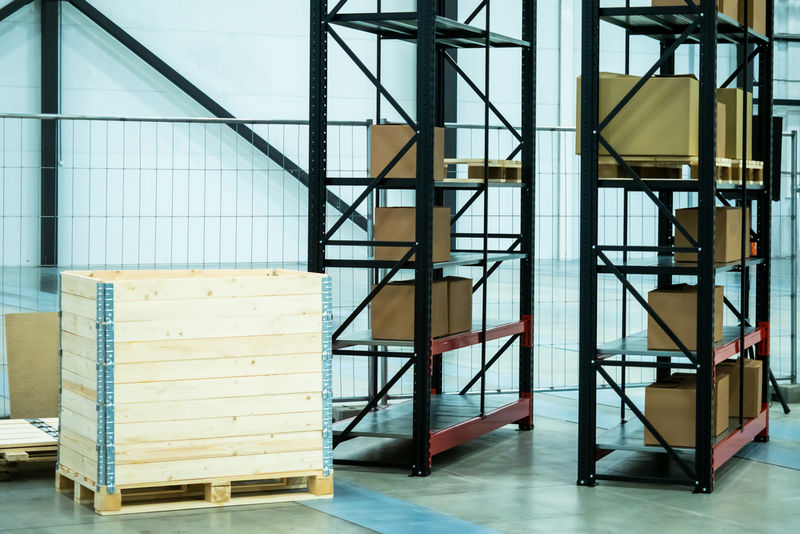
Selective pallet rack systems consist of load beams which are horizontal supports. They provide the surface area for placing loads on a pallet rack. Upright columns have holes or slots inserted up and down the column at standard intervals so that load beams can be mounted on these columns. Diagonal and horizontal braces are bolted between two upright columns to create more columns. Pallet supports, composite material, and wire decking are typically placed in the middle of the load beams to provide a big surface area for storing materials.
Push-back pallet racking system
These racking systems are developed by focusing more on depth than width. This arrangement reduces aisle space enormously and provides more area for storage. Here, each pallet is stored upon wheeled carts which fit on rails. These rails are carefully positioned toward the load/unload area of a rack and use gravity to their advantage. This helps conserve plenty of energy for moving heavy pallets.
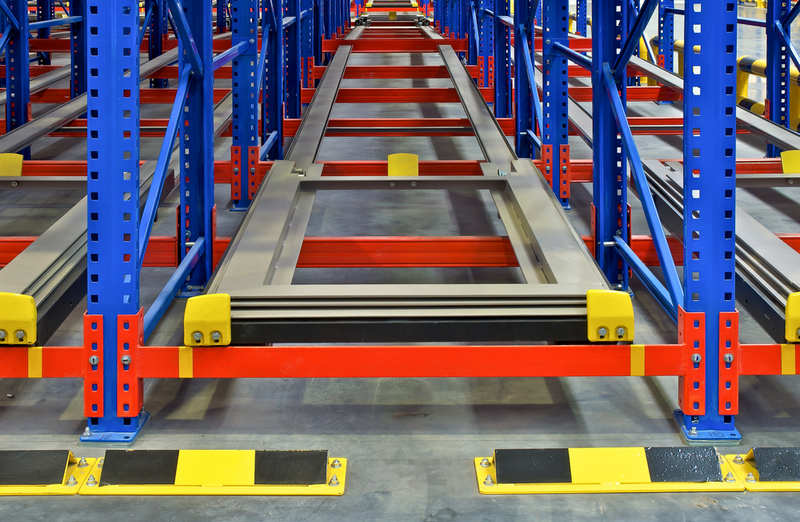
When a forklift truck puts the pallet onto the cart, it moves forward and causes the pallet to touch the next pallet. This causes an entire row of pallets to roll backward. When a pallet is removed from the front position, the remaining pallets immediately move themselves forward thereby making the next pallet accessible in a selective system.
Drive-in pallet racking system
Drive-in racking systems allow forklift trucks to drive directly inside the lane containing stacked rows. Since these systems have a common entrance and exit point, they rely on a last-in, first-out (LIFO) storage method.
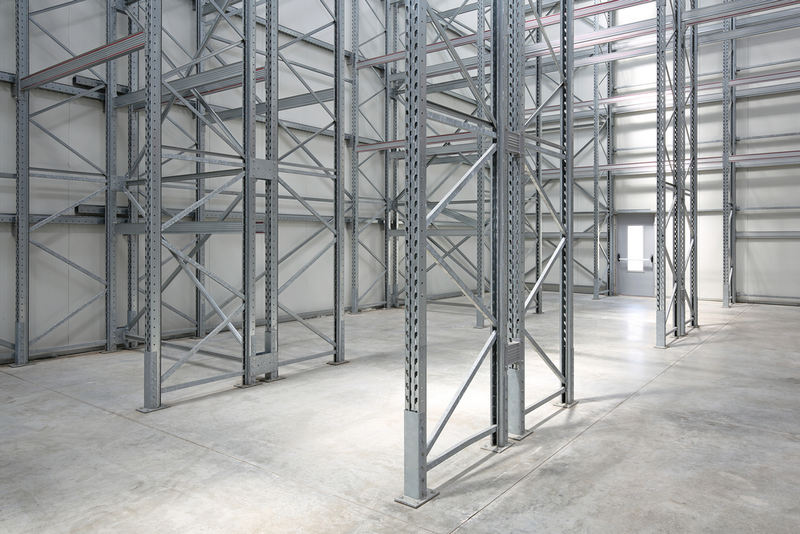
The last pallet which is put into a row is the first one which is taken out.
Pallet flow racking system
These racking systems are pallet storage systems having high density. Like push-back systems, they use depth to raise capacity. This system incorporates a slightly inclined rail with rollers which allows pallets to move easily along the sloped area. Due to the way in which they function, pallet flow systems are also known as dynamic flow or gravity flow systems.
Which factors should you consider when choosing the right pallet racking system?
Deciding on a pallet racking system requires you to consider several factors:
- Budget – Consider the estimated cost of each pallet and how much you can afford.
- Size – Look at all the available sizes and decide which type would be most appropriate for your needs.
- Reconfiguring ability – To accommodate more or less goods, you may need to have the ability to reconfigure your racking system.
- Density – Determine whether you need a high-density or a low-density system.
- Inventory system – Go over your storage system and assess which system would be ideal for meeting the order of inventory retrieval required by your warehouse.
- Manufacturer – Choosing between multiple pallet rack system manufacturers can be confusing. Find out who has a good reputation within your industry and guarantees high quality and safety.
When you put your trust in SRSI, our team returns trustworthy systems. SRSI is partnered with top-ranking manufacturers and only delivers high-quality products to fit your needs. Contact one of our system solution specialists to discuss the best pallet racking system for your operations.
 Skip to main content
Skip to main content


